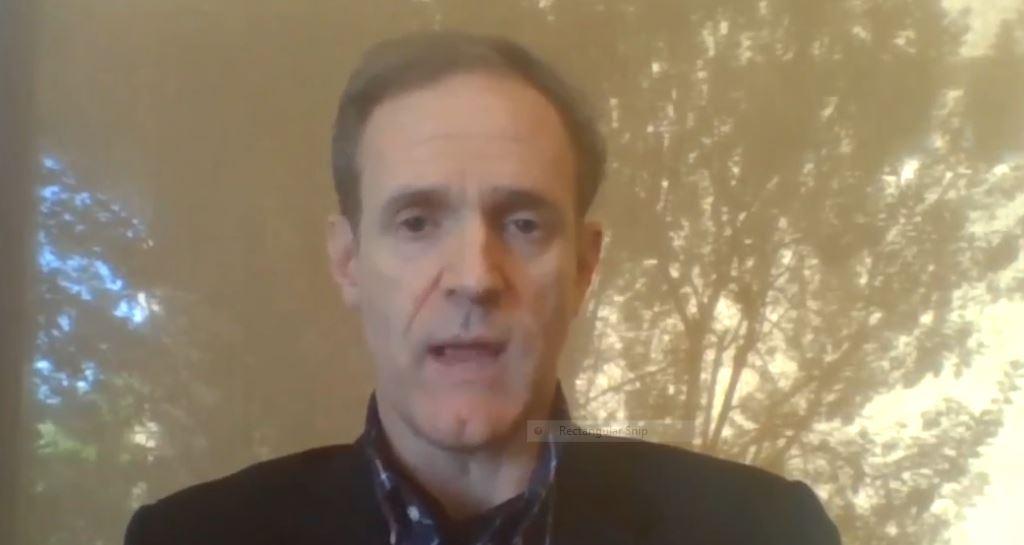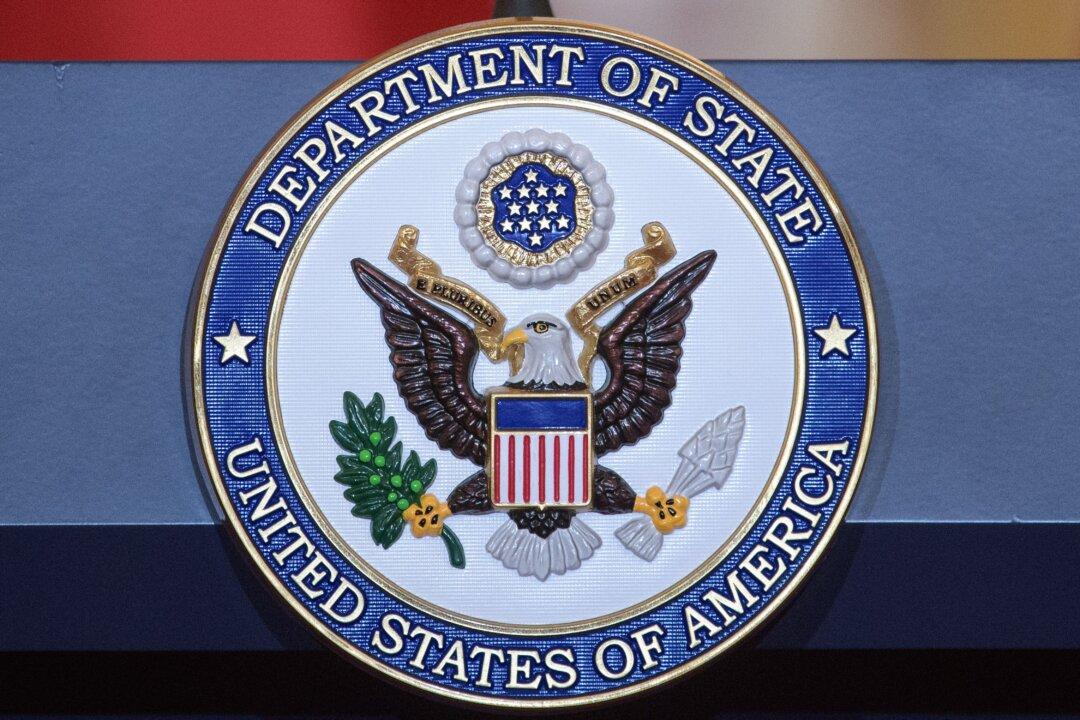President Joe Biden’s economic policy, termed “Bidenomics,” is, in fact, government intervention in the economy reflecting a distrust of markets’ self-regulating abilities, an economic researcher said.
Bidenomics reflects the belief that the government can deliver better economic results via industrial policies, such as tariffs, subsidies, tax privileges, and other policies, than reliance on the free market can achieve, said Samuel Gregg, Ph. D., distinguished fellow in political economy and senior research faculty at the American Institute for Economic Research.






